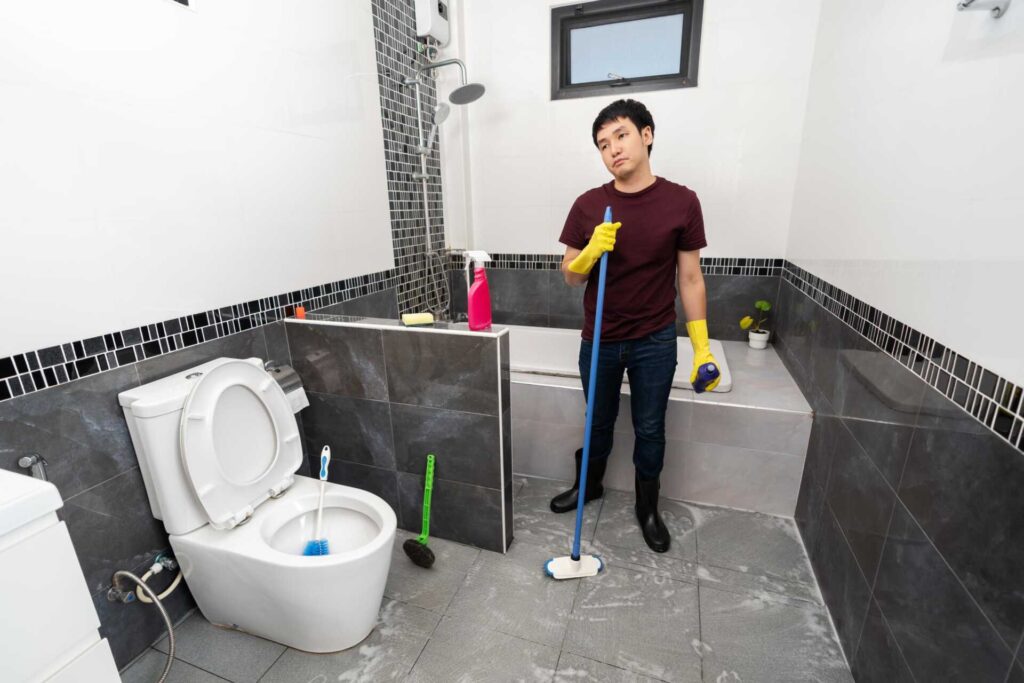
Contents
It’s interesting how you stumbled upon this topic just as a friend faced a sewage backup last week. When it comes to sewage cleanup, there are critical steps you can’t overlook if you want to ensure safety and effectiveness. You might be surprised to learn that simply evaluating contamination levels can make a significant difference. But that’s just the beginning; there’s more to reflect on, including the right protective gear and effective cleanup techniques that can prevent future issues. Want to know what those essential tips are?
Key Takeaways
- Assess contamination levels thoroughly to identify sewage sources and spread before initiating cleanup.
- Always use proper protective gear, including gloves, boots, and respiratory protection, to ensure safety during the process.
- Stop the sewage source immediately to prevent further leakage and damage during cleanup efforts.
- Use EPA-approved disinfectants to sanitize all surfaces thoroughly after removing waste and standing water.
- Monitor environmental conditions regularly to prevent mold growth and ensure the area is safe for re-entry.
Assess the Contamination Level
Before you plunge into cleanup, it’s important to regularly assess the contamination level of the affected area. Understanding the contamination types—such as biological, chemical, or physical—is significant for determining the appropriate response and ensuring safety.
Start by conducting a thorough damage assessment, identifying the source of the sewage, and evaluating its spread. This will help you gauge the severity of the contamination and effectively guide your cleanup efforts.
Use tools like test kits or sensors to measure the presence of pathogens, toxins, or harmful substances in the environment. Pay attention to visual indicators, such as discoloration of materials or persistent odors, which can signify contamination levels.
Don’t forget to take into account the impact on surrounding areas; often, contaminants can migrate beyond the initial site, affecting nearby soil, water, and structures.
Once you have a clear understanding of the contamination types and levels, you can prioritize your cleanup efforts. It’s critical to categorize the area based on the severity of contamination—high-risk zones require immediate action, while lower-risk areas may allow for a more gradual approach.
Use Proper Protective Gear
Using proper protective gear is vital when dealing with sewage cleanup to minimize health risks. When you step into a contaminated environment, you expose yourself to harmful pathogens and toxic substances. To safeguard your health, you must adhere to strict safety protocols that include wearing appropriate protective clothing.
Start with waterproof gloves that extend up your forearms; these will protect your skin from direct contact with sewage. Consider using rubber boots that are tall enough to prevent any splashes from reaching your legs. A full-body suit made of materials resistant to chemicals and punctures is also essential. This creates a barrier between you and the contaminated environment, greatly reducing your risk of exposure.
Don’t forget about respiratory protection. Sewage can release harmful gases, so wearing a mask with a proper filtration system is necessary. This ensures you’re not inhaling any noxious fumes that could lead to serious health issues. Additionally, safety goggles will protect your eyes from splashes and irritants.
Before you begin, double-check that all your protective gear is in good condition. Any tears or defects can compromise your safety.
Follow the safety protocols laid out by your organization or local health authorities to ensure you’re fully protected throughout the cleanup process.
Implement Effective Cleanup Techniques
Once you’ve donned the appropriate protective gear, it’s time to implement effective cleanup techniques to manage the sewage hazard.
Begin by identifying the source of the sewage and stop any further leakage. This vital first step helps contain the problem and prevents additional contamination.
Next, utilize appropriate cleanup methods. Start with removing any standing water with a powerful pump or wet vacuum. Be thorough—any remaining moisture can lead to mold growth and further health risks.
After water extraction, focus on solid waste removal. Use shovels or scoops, and seal waste in heavy-duty plastic bags for safe disposal.
Once you’ve cleared the area, it’s important to follow sanitation protocols. Disinfect all surfaces that came into contact with sewage using a commercial-grade disinfectant. Verify the product you choose is EPA-approved for sewage cleanup.
Pay special attention to porous materials, such as carpets and rugs, which may need professional cleaning or replacement.
Ventilate the area by opening windows and using fans to promote drying. This aids in reducing odors and preventing mold growth. Monitor humidity levels with a hygrometer to make sure they remain low.
Lastly, don’t forget to document your cleanup process. Take photos and notes, which may be necessary for insurance claims or future reference.
Following these steps will protect your health and foster a sense of community responsibility as you tackle this challenging task effectively.
Summary
When tackling sewage cleanup, your safety and effectiveness hinge on three essential steps. Coincidentally, as you assess contamination, donning proper protective gear becomes an instinctive shield against hazards. When you implement effective cleanup techniques, you’re not just restoring an area; you’re preventing future issues. By following these tips, you ensure a thorough cleanup while safeguarding your health. Remember, a proactive approach today can save you from potential problems tomorrow.
Recent Posts
Mastering Biohazard Sewage Cleanup Techniques
Is it really worth the risk to tackle biohazard sewage cleanup without the right techniques?
Top Leak Detection Services for Homeowners
Is it true that most homeowners underestimate the impact of undetected leaks? You might think
What Are Effective Sewage Cleanup Solutions?
You might not realize that improper sewage cleanup can lead to long-term health risks and

